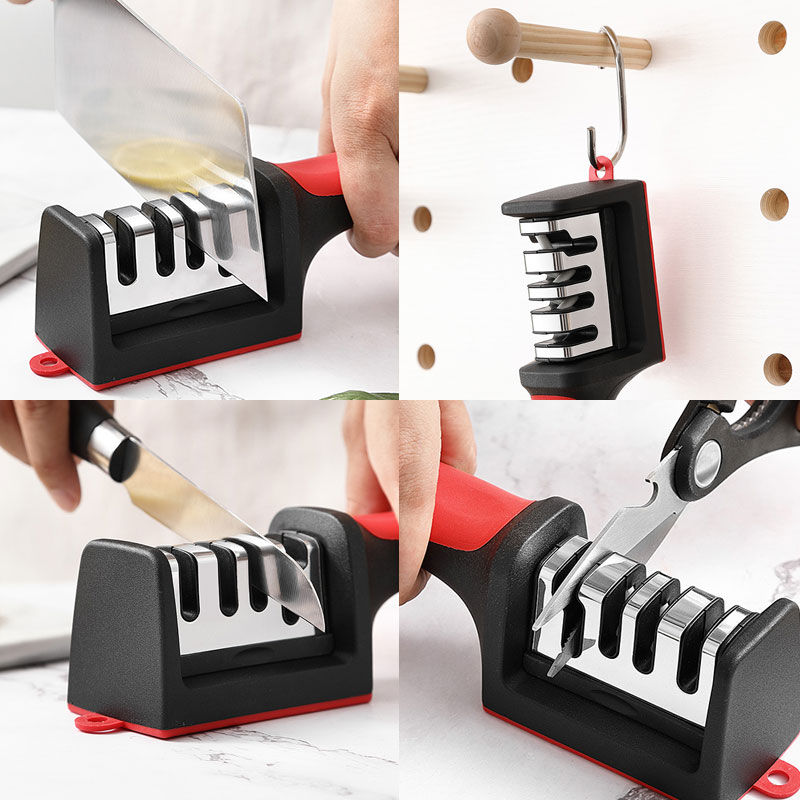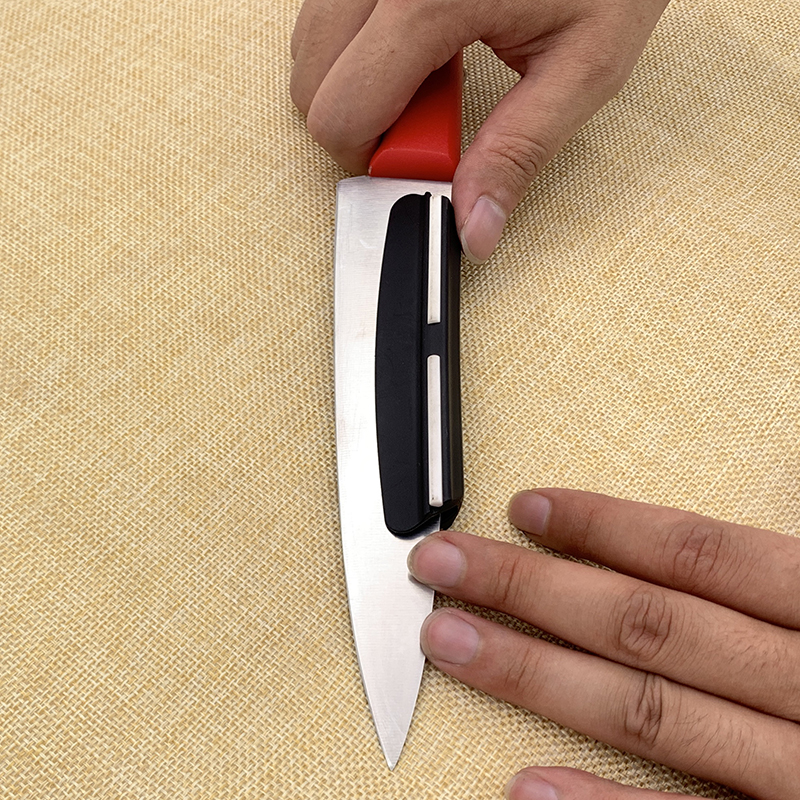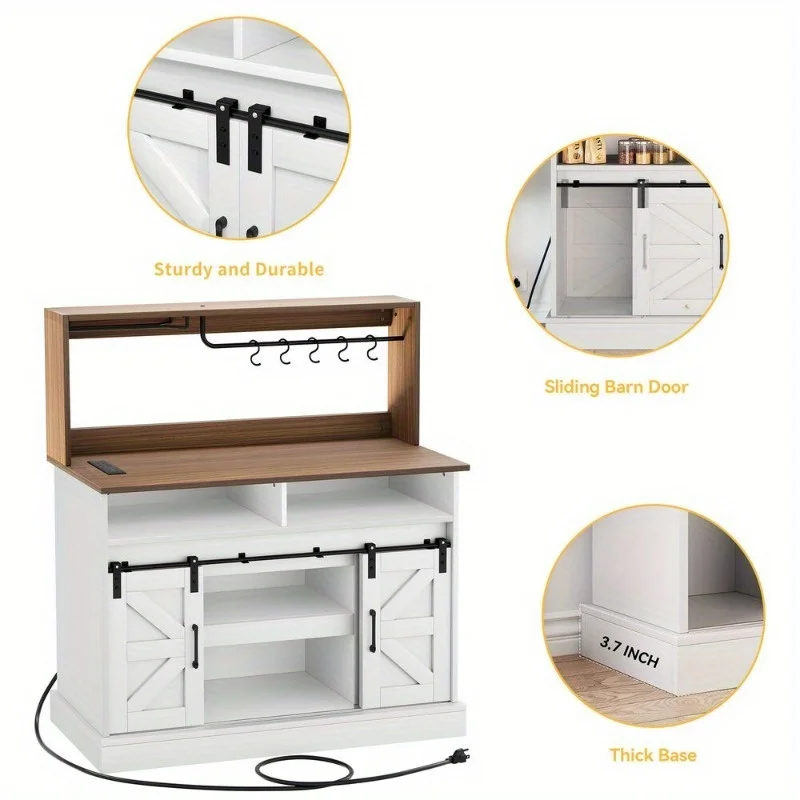Introduction to Whetstone Grits and Their Importance
Understanding the different grits of whetstone for kitchen knives is vital for optimal knife care. Various grits serve distinct purposes in sharpening kitchen knives. Knowing which grit to use can significantly affect the performance and longevity of your blades.
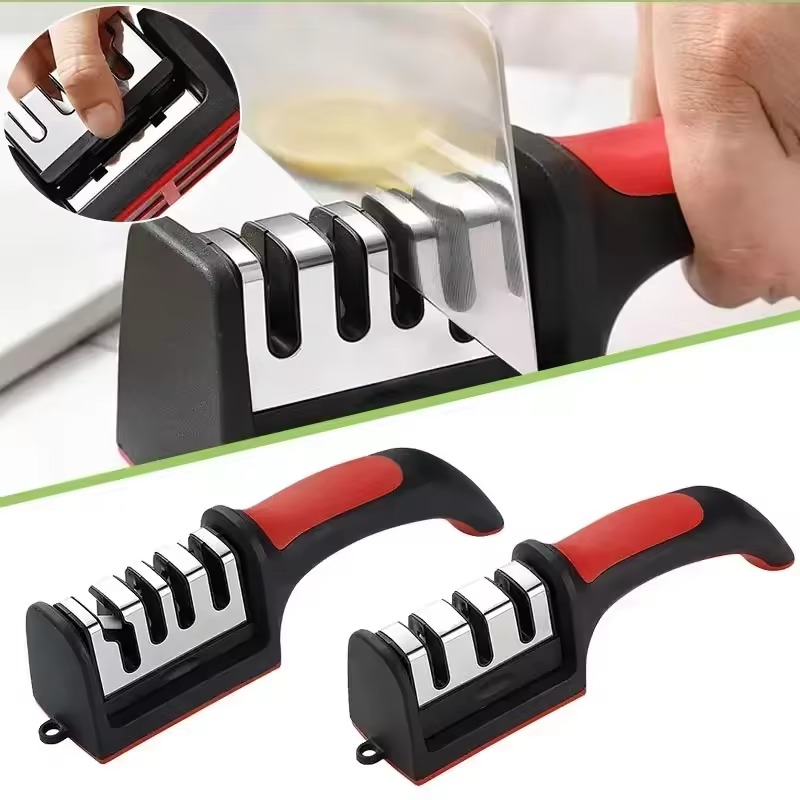
Different Grit Levels Explained
Whetstones come in coarse, medium, and fine grits. Coarse grits (below 1000) repair and reshape dull or damaged blades. Medium grits (1000 to 3000) refine the edge for general upkeep. Fine grits (above 3000) polish the blade, providing a razor-sharp finish.
Impact of Whetstone Grit on Knife Performance
Selecting the correct grit impacts cutting efficiency. Coarse grits restore edge geometry, while finer grits enhance smoothness and precision. Regular use of the appropriate grit maintains knife performance and safety.
Understanding Whetstones
Whetstones, or sharpening stones, are tools specifically designed for sharpening cutting edges. They come in various materials, sizes, and grits. Understanding these aspects can help you choose the right whetstone for your kitchen knives.
There are two main types of whetstones: natural and synthetic. Natural stones have been used for centuries and are often sourced from riverbeds or other geological formations. They can produce a fine edge but may vary in grit and hardness. Synthetic stones, on the other hand, are more uniform in their composition. They often come in various grits and are ideal for those who want consistent results every time.
The grit of a whetstone is another critical factor to consider. Grit refers to the size of the particles on the stone’s surface. Lower grit numbers, like 200 or 400, are coarse and ideal for reshaping dull or damaged edges. Higher grit numbers, like 1000 or 3000, are finer and used for honing the edge to perfection. A combination of grits is often useful for maintaining a knife effectively.
For beginners, a two-sided whetstone can be an excellent investment. One side is coarse for sharpening, while the other side is fine for honing. This combination allows you to quickly restore a blade’s edge and then finish it to a smooth, sharp point.
Types of Whetstones
Choosing the right type of whetstone for kitchen knives affects sharpening quality and efficiency.
Oil Stones: Features and Usage
Oil stones, known for durability, help keep edges sharp for longer. They need oil for lubrication, making cleanup a bit messy. Perfect for those who value longevity in their sharpening tools.
Water Stones: Benefits and Maintenance
Water stones require soaking before use but are easier to clean than oil stones. They wear down faster, needing regular maintenance. Ideal for fast sharpening of kitchen knives.
Diamond Stones: Modern Sharpening Technology
Diamond stones feature tiny diamonds bonded to their surfaces. They offer fast material removal and a long lifespan without wearing down like traditional stones. Suitable for those seeking efficiency in their sharpening process.
Determining the Right Grit for Your Kitchen Knives
Choosing the ideal whetstone grit for kitchen knives is crucial. The right grit sharpens effectively and preserves the blade.
Assessing Knife Condition and Usage
Inspect your knives first. Look for signs of wear or damage. Coarse grits fix dull or nicked edges. Fine grits maintain a sharp blade. Think about how you use your knives. Frequent cutting of tough foods may need regular sharpening.
Matching Knife Type with Grit Level
Different knives need different grits. Softer steel blades, like most kitchen knives, benefit from medium to fine grits. Harder steel requires tougher stones. Consider the steel type and what you’re cutting. Choose a grit that matches these needs. For everyday maintenance, a medium grit does well.
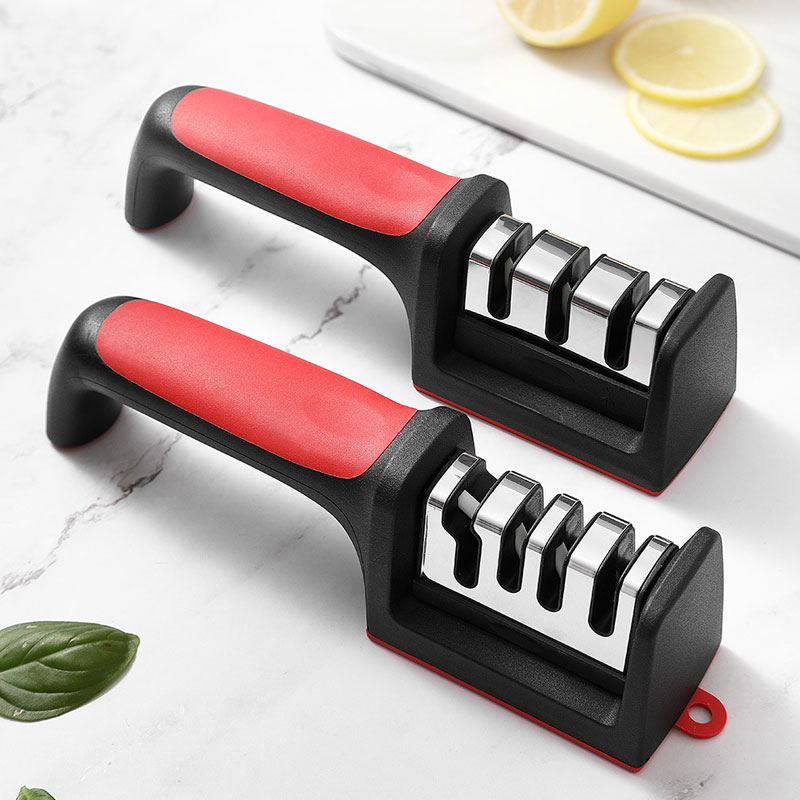
How to Use Coarse Grit Whetstones
Coarse grit whetstones are key for reviving dull knives. These stones have grit numbers below 1000. They quickly grind down metal, fixing blade shapes and sharpness.
Reshaping Dull and Damaged Blades
A blade gone dull needs a coarse stone’s touch. You’ll need some elbow grease. Coarse stones shave off metal fast. This brings back your knife’s cutting edge. It’s like setting the foundation for a sharp blade.
Restoring Heavily Damaged Edges
Chips and dents need extra care. A coarse grit stone is perfect for these fixes. It removes the rough bits, making edges smooth. After this, your knife is ready for a finer stone. It’s the first step to a pristine edge.
Advantages of Medium Grit Whetstones
Medium grit whetstones, ranging from 1000 to 3000, provide the balance needed. They remove just enough metal to sharpen but not too much to weaken the blade.
Maintaining Blade Sharpness Over Time
Consistent use of a medium grit whetstone keeps knives sharp. It’s perfect for regular knife care after each heavy use. This helps you cut with ease and precision every time.
Selecting an Appropriate Medium-Grit Stone
Choose a medium-grit stone based on your knife’s steel and usage. Softer steels do well with finer medium grits, while harder steels may need a coarser touch. Always pick a stone that suits your sharpening needs.
Polishing with Fine Grit Whetstones
Transitioning to fine grit whetstones means entering the final stages of knife sharpening. These stones, ranging from 3000 to 8000 grit, polish and refine the edge of kitchen knives to peak sharpness.
Achieving Razor-Sharp Edges
Fine grits are for when you crave that perfectly polished, razor-sharp edge. They don’t strip away as much metal as coarser stones. Instead, they smooth out minor scratches and imperfections. The result is a blade so sharp, it slices through food with ease. Imagine cutting tomatoes or meat with no resistance – that’s the power of a fine grit whetstone.
When to Use Ultra-Fine Grits
Ultra-fine grits are like the grand finale of knife sharpening. They’re perfect for giving your blade that extra touch of finesse. After you’ve sharpened with coarser grits, flip to an ultra-fine grit stone for the ultimate finish. It’s best for knives used in delicate tasks, like filleting fish or chopping herbs. Ultra-fine stones are also ideal for touch-ups between more thorough sharpening sessions.
Remember, the sharper your knife, the easier and more enjoyable your cooking experience will be. Properly polished knives also reduce the risk of kitchen accidents. So, whether you’re a professional chef or a home cook, fine grit whetstones are a crucial tool for maintaining your culinary arsenal.
Sharpening Techniques and Angles
To sharpen your kitchen knives like a pro, it’s all about technique and the right angle. Consider the task you’ll be using the knife for. This determines the best sharpening angle.
Selecting the Correct Sharpening Angle for Your Knife
Picking the right angle can make a huge difference. A tight 15-degree angle is sharp for precise cutting like slicing veggies. But sharp angles might dull faster. For tough jobs, a wider angle, like 20-25 degrees, offers strength. It stays sharp longer, even if it’s not as razor-like.
Remember, practice makes perfect. Keep working on maintaining that angle consistently. This will ensure an evenly sharpened edge.
Progression from Coarse to Fine Grits
When your knife is dull, start with coarse grit stones. Grits like 400 reshape your knife’s edge. As the blade gets sharper, move to medium grits, around 1000-1500. They smooth the blade’s surface.
For a knife that already cuts well, go straight to fine grits, like 3000 and up. These grits polish the edge to a mirror finish. The result? A sharp edge that slides through food with no trouble.
In summary, begin with heavy-duty grits for blunt knives. Gradually shift to finer grits for the perfect sharpness. Stick to this sharpening routine for best results. Keep your stones flat and clean for a long-lasting edge. Happy sharpening!
Conclusion
Summary of Choosing the Right Whetstone Grit
Picking the correct whetstone grit ensures your knives stay sharp and effective. Start by assessing your blade’s condition.
- For damaged or very dull knives: Use coarse grits, from 200 to 1000. They reshape and repair the edge.
- For general upkeep: Medium grits, between 1000 and 3000, maintain sharpness without removing too much metal.
- For a super sharp finish: Use fine grits above 3000 to polish and refine the edge.
Remember, your blade type and how you use it influence your choice. Match the whetstone grit to your knife’s needs. This keeps your knives in top condition, improving your cooking and ensuring safety.
